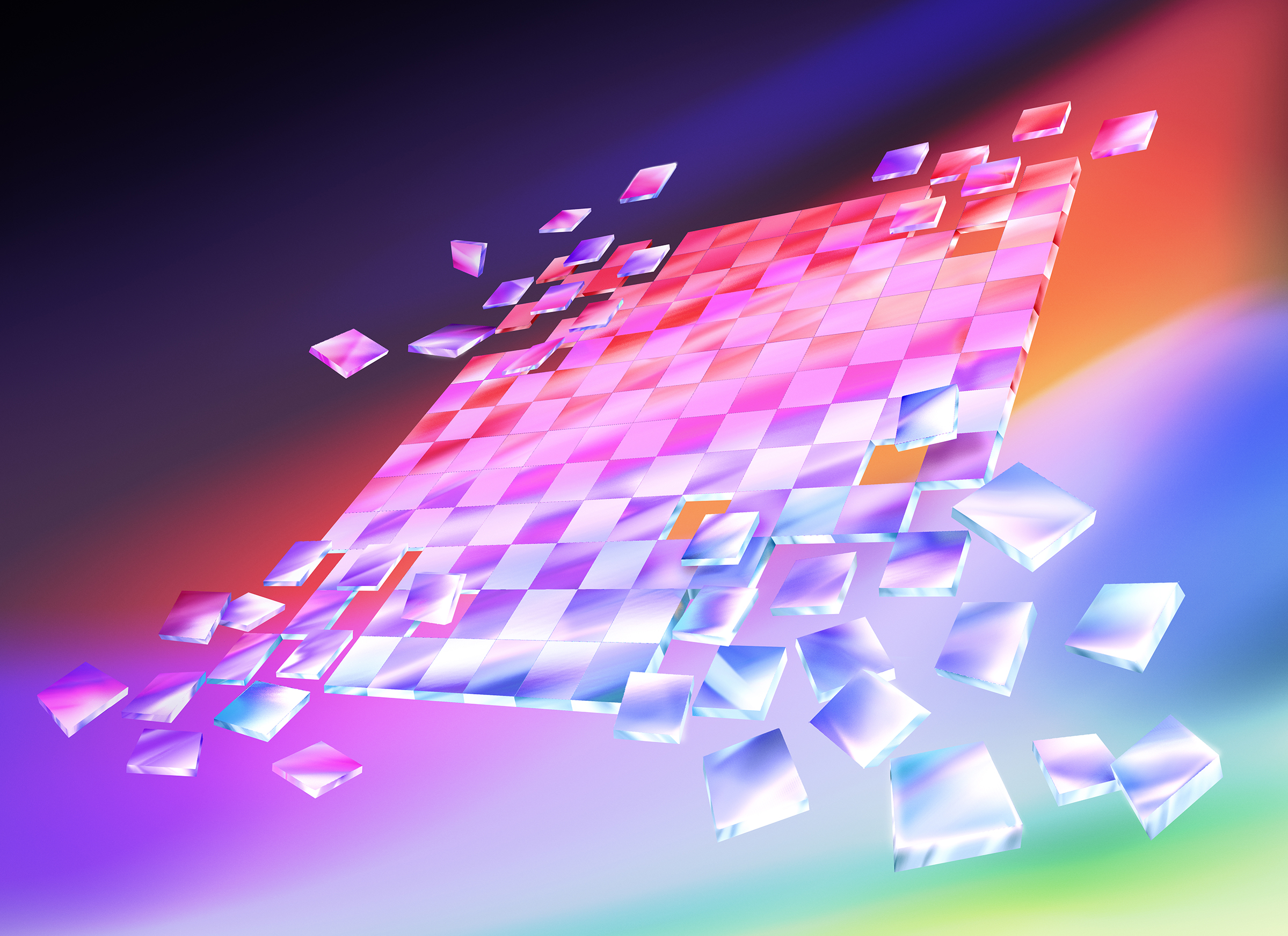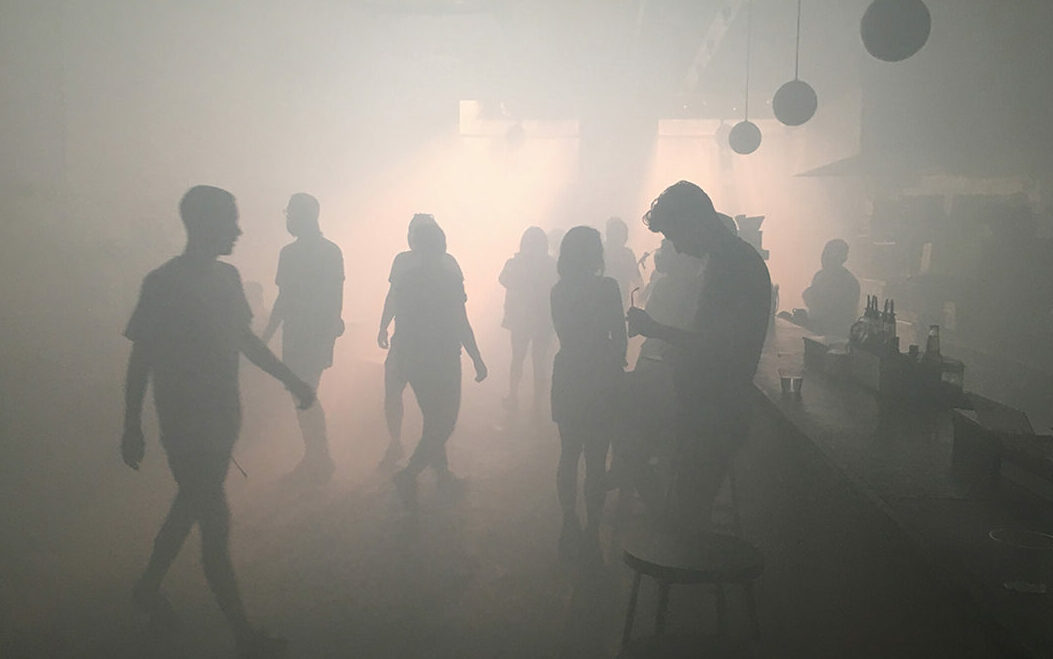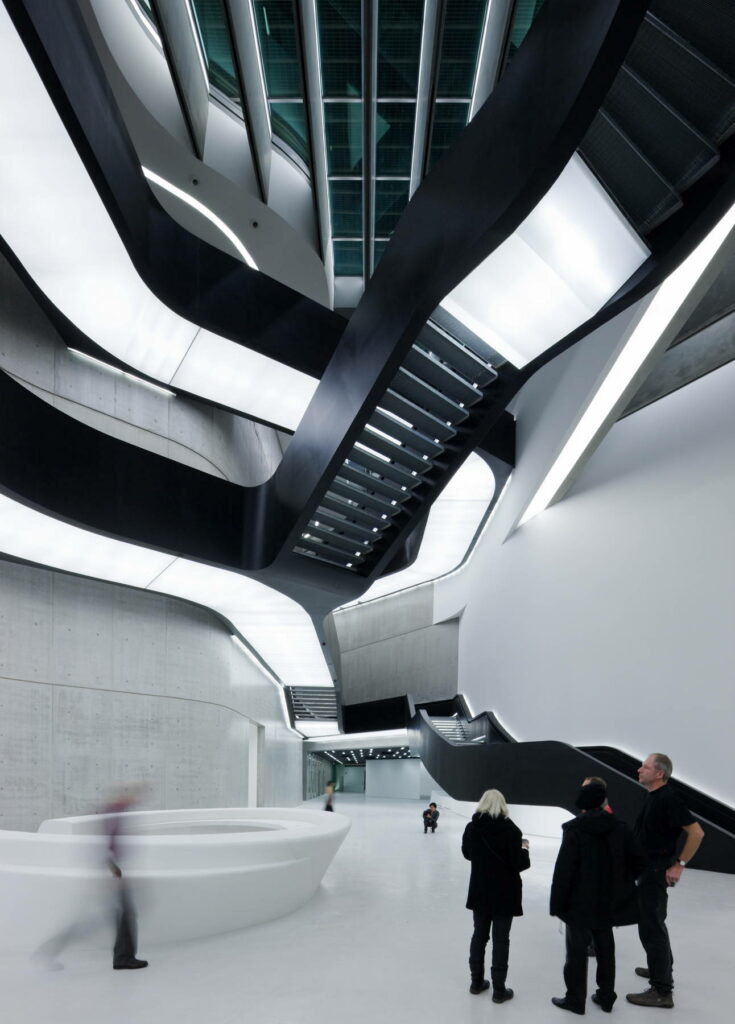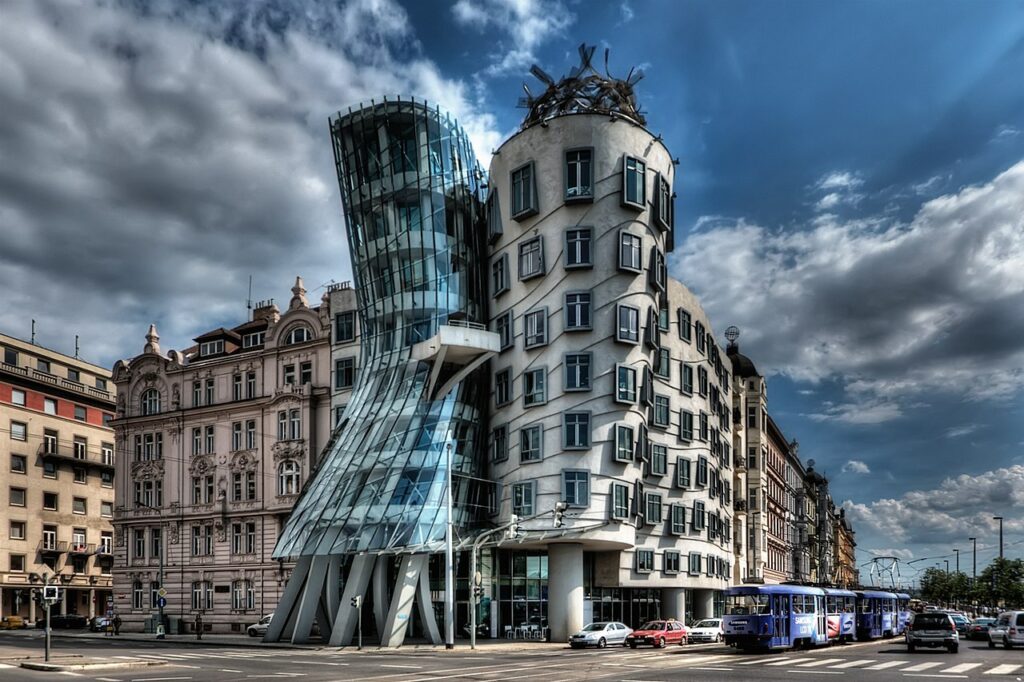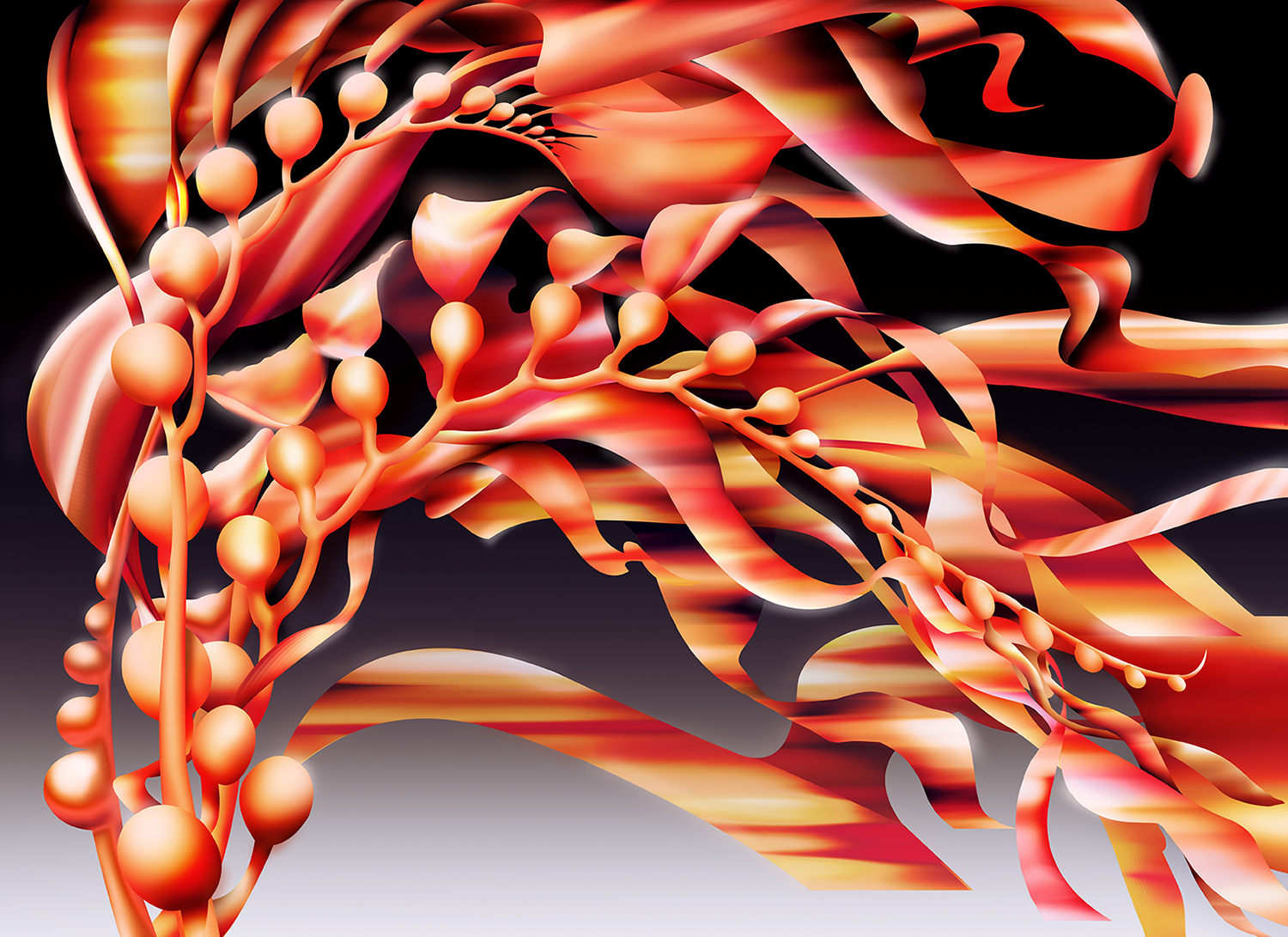MOLD’s series on Nightlife explores the rhythms, metabolisms and revelations that flourish best in the dark.
Nightlife provides a special medium through which to move, metabolize, and materialize our fantasies. Dancing is one of the few body-involved communal activities that have returned in full force in our post-outbreak, intra-pandemic culture. Millennials and generations X through Z are searching for the right spaces to practice, perform, and parade their bodies and their rhetoric. A lust for sonic and rhythmic world building within nightlife allows us to unendingly rework the physical and psychological labyrinths of daily life. From the warm ochre booths at the Upper East Side’s Bemelmans Bar to the CDJs of Bushwick’s Myrtle Avenue, what architectures are New York City’s revelers seeking? As this moment of social regenesis presents itself, perhaps we will consider the limitations and liberations of nightlife and its architectures. As an exercise to assemble questions, challenges, and desires of nightlife, how can radical formalism extend further into fantasy building? By welcoming contextual readings of form1—ones that resist and move past notions of political indifference, self-reflexivity and ahistoricity—we can understand how form can perform, and the implications it carries.
- 1. Critiques of formalism have been significant in revealing an overwhelmingly white and masculinist logic. See: Piper, Adrian. “Some Thoughts on the Political Character of this Situation” in Institutional Critique: An Anthology of Artists’ Writings (Cambridge, MA: MIT Press, 2021) 242-245.
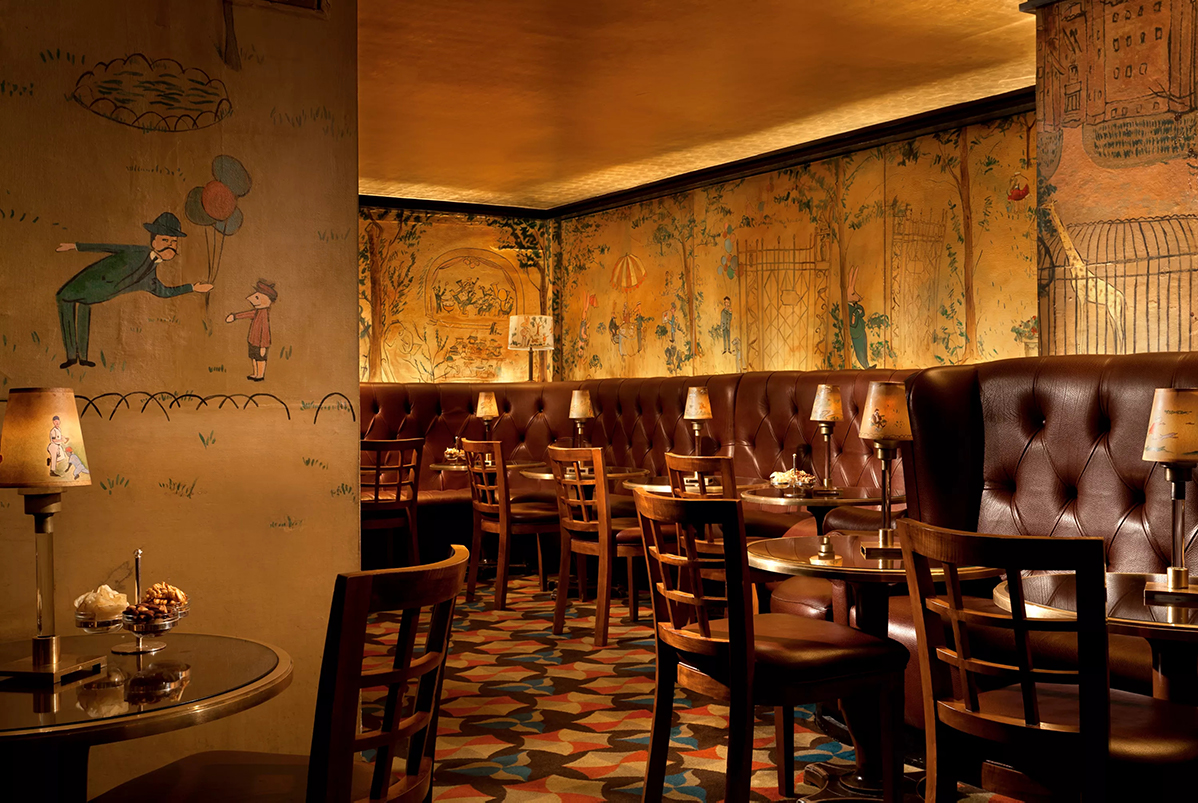
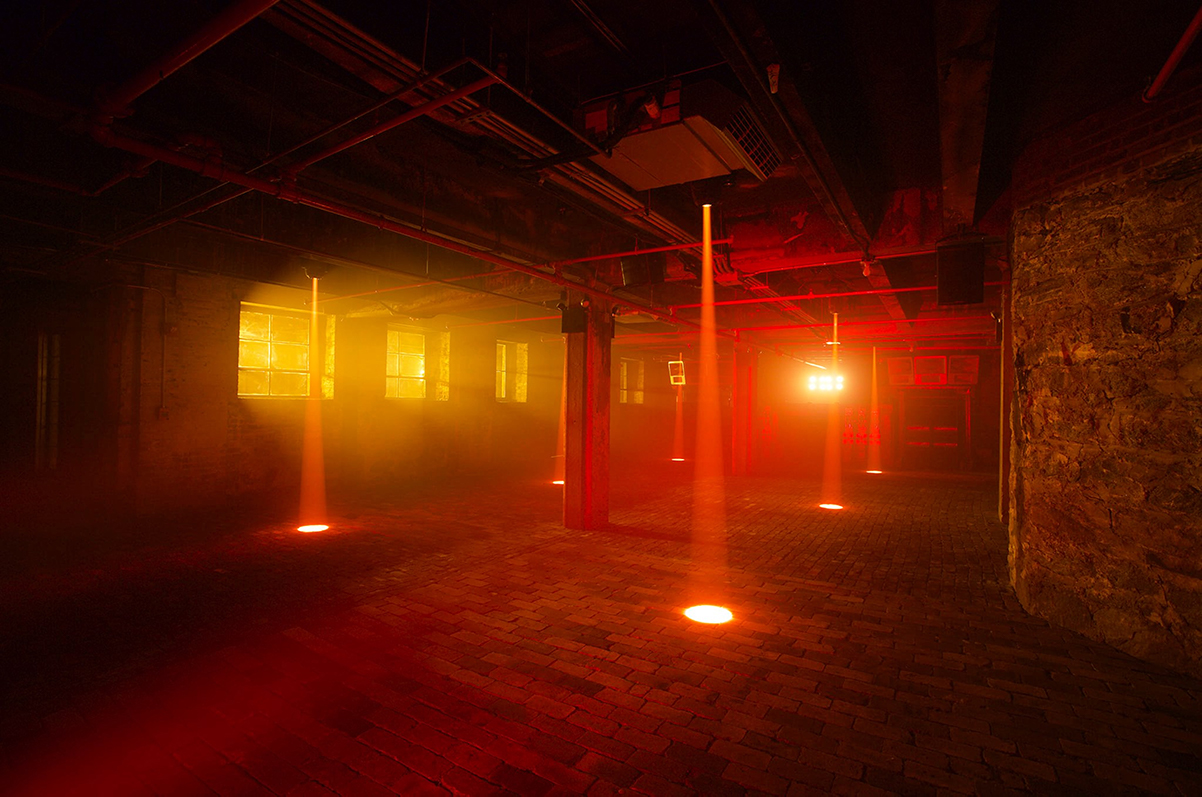
Nightlife design, as we propose, is an architectural space that structures experience, and invests in communication through sensory perception. For many people, nightlife is a performance. Clubs are radical architectural spaces because they allow people to experience alternate worlds in which to play with identities; a built environment for the performance of the manifold versions of themselves. A collective willingness to toggle between codes of behavior—DJs, dancers, hosts, industry workers, sound engineers, safe space monitors—allow multiplicitous identities that oscillate between participant and observer.
These individuals ultimately “create” the club and produce circumstances focused on the material conditions of our present moment, where the importance of the physical space dissolves a bit. However, certain club spaces in New York City like Elsewhere, Good Room and Nowadays have designed multi room floor plans with different music, vibes and demographics, circulating together and apart between rooms. A compartmentalized spatial typology facilitates an even more rapid shedding or donning of identities, allowing for an itinerant performance of a (collective or individual) self to emerge. Smaller, more compact spaces with a simple floor plan and tighter dance floor, like Bossa Nova, BASEMENT, and Heaven or Las Vegas, however, produce a distinct concentrated energy that thrives and builds on close movement.
Clubs are radical architectural spaces because they allow people to experience alternate worlds…a built environment for the performance of the manifold versions of themselves
How does body-freedom translate to social freedom and liberation? Or does it? Historically, dance spaces have been safe havens for the marginalized, offering reprieve from endemic racism and homophobia. At their origins movements such as R3 (Resist Reject Revolt), anti-fascisit ravers at Tbilisi club raid protests, Prishtinë is Burning, American Ballroom, were established to celebrate queerness2. Techno counter-cultures and raver collectives around the world have always taken to the streets to protest oppressive governments, anti-immigration policies, and right-wing imposition. The 2020 surge of protests catalyzed by the murder of George Floyd spurred a commodification and cooptation of globalized Black arts and culture by not only corporations but also local culture makers in the name of performing activism. Gradually, we are confronted with the corporatization of cultural spaces, in music and nightlife. Could a disjointedness of physical space subject to corporate ownership or control, that at times characterizes nightlife, be a product of “white extractive capitalism,” to recall DeForrest Brown Jr3. The outcomes of a corporatization of space and compulsory social design alienate our care and willingness to activate techno and nightlife as a culture of liberated futurity.
- 2. Collin, Matthew. “The Night Is Ours: Dance Culture Activists and the Politics of Ravingo” in You Got to Get In to Get Out (Barcelona: IF Publications, 2021) 36-47.
- 3. DeForrest Brown Jr. is a rhythm analyst, media theorist and curator who explores the links between Black experience in industrialized labor systems and Black innovation in electronic music. He is also a representative of the Make Techno Black Again campaign.
House and techno manifests with a hybridity, complexity and experimentation that links it to the architectural spaces in which it congregates and the Black artists at the center of its synthetic sound. In direct recall to its place of origin, house music originated from a Chicago club called the Warehouse, which existed from 1977 to 19834. The genre had its start in Chicago’s underground club scene when DJs and producers began to alter disco songs to give them a more mechanical beat. Around the same time, early producers of Detroit techno, enabled by the new affordability of sequencers and synthesizers, merged a European synth pop aesthetic with aspects of soul, funk, and disco, abstracting electronic dance music into a different terrain. Techno is chaos, utopia, and repetition that produces newness with a phantasmic temporal awareness. Despite its hard to classify compositional perspective, or because of it, club music plays with the formal coherence of rhythms and speeds.
- 4. Snoman, Rick. The Dance Music Manual: Tools, Toys, and Techniques—Second Edition (Oxford: Elsevier Press, 2009) 233.
Deconstructivism, a movement of Postmodern architecture that first appeared in the 1980’s, unleashes similar possibilities through its play with forms and volumes in a physical realm. Think, the Guggenheim Bilbao, the MAXXI Museum in Rome, the Seattle Public Library or the Musée des Confluences in Lyon. Represented in fragmentation, surface manipulation and non-rectilinear shapes, deconstructivism deliberately juxtaposed elements that appeared contradictory to challenge ideas of harmony and continuity. Deconstructivism takes cues from deconstruction, a form of philosophical and literary analysis created by Jacques Derrida in the 1960’s, that encourages one to think about the relationship between text and meaning. In its suspicion of objectivity, deconstruction questions what a text might do, rather than focus just on what a text might say. The main concern for deconstructivist philosophy in architectural theory presupposes that architecture is itself a form of language capable of communicating meaning. With a dialogue between presence and absence, solid and void, built and unbuilt, the intrinsic meaning of a form, and moving within it, is destabilized—calling into question contradictions and hierarchies.
At its source, Deconstructivism departs from notions that “form follows function.” If the primary shape of something is displaced from its intended purpose, perhaps the form can follow the functioning ecosystem contained within it. Fantasy, to follow. Deconstrucitivist architecture has coincidentally materialized as the shell of numerous museum spaces, cultural institutions or concert halls. Can we carry Deconstrucvitism’s ideas to the architecture of nightlife spaces as repositories that not only host sound and movement but hold it—perhaps, akin to museums? Not in a colonial project sense, but in the etymological sense, when in its classical form, mouseion, meant “seat of the Muses” and designated a place of present and future contemplation.
Clubs and their less architecturally bound counterparts, such as raves and house parties, can function as useful spaces for investigating, exchanging and innovating social frameworks and individual identities that have meaning and purpose to communities of people5. Could techno be explored in a concert hall? Or, in the Dancing House—a house in Czech Republic destroyed by the U.S bombing of Prague in 1945 that then became a project developed by architects Frank Gehry and Vlado Milunic. The structure is reminiscent of the famous dancers Ginger Rogers and Fred Astaire, complete with a top covering of imaginary hair. In its current form, it ironically serves as a hotel space, illustrating a break between form and function that allows for a loophole opening in the focus of its inner workings. Cue the developer: why tear something down if you can turn it into an office or hotel? If we can invert the use of space into a corporatized form, we should be able to extend this access to fantasies that might further distort the boundaries of space.
The living architecture of nightlife shared intergenerationally and cross-culturally between crowds and thrill seekers carries us through an ever-expanding fantastical, deconstructive remaking. Bound by sound and movement, the ephemerality of nightlife can be historicized within an autobiographical body archive constructed by a collective dance consciousness. Through this archive we recall, retell, and remake a fable of a place—all the while questioning the physical spaces that negotiate experiences held in our bodies to better care for the practice of nightlife.
